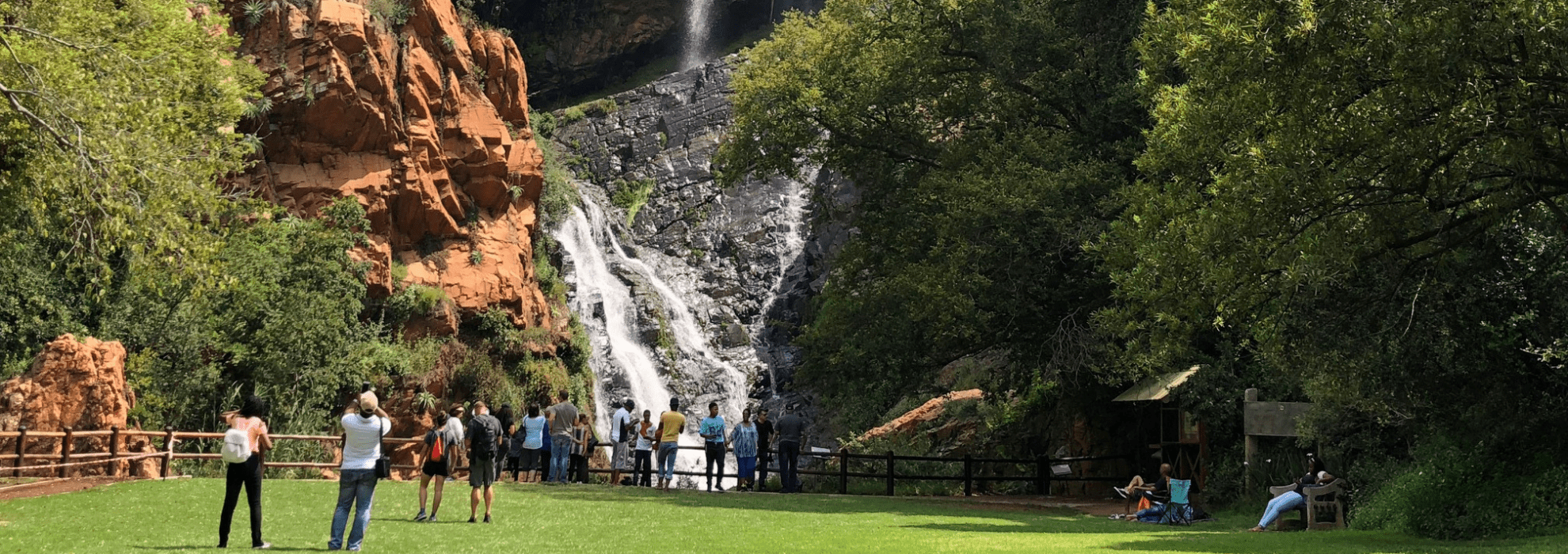Rumored Buzz on Johannesburg North Attractions
Rumored Buzz on Johannesburg North Attractions
Blog Article
The Basic Principles Of Johannesburg North Attractions
Table of Contents7 Simple Techniques For Johannesburg North AttractionsSome Known Factual Statements About Johannesburg North Attractions The Best Guide To Johannesburg North AttractionsThe Buzz on Johannesburg North AttractionsNot known Details About Johannesburg North Attractions Johannesburg North Attractions Things To Know Before You Get This
The city grew on the edge of the Witwatersrand Main Reef, a subterranean stratum of gold-bearing quartz-silica corporation that arcs for hundreds of miles below the Highveld - Johannesburg North attractions. Most of the gold mines in the city stopped operation in the 1970s, but in its day the Witwatersrand gold industry accounted for more than 40 percent of the globe's yearly gold manufacturing.Johannesburg has a pleasant environment. Summer temperatures average regarding 75 F (24 C); wintertime temperature levels average about 55 F (13 C) and just occasionally dip listed below cold. The city delights in about 8 hours of sunshine daily in both winter months and summer season. Rainfall averages concerning 28 inches (700 millimetres) per year, however the overall varies substantially from year to year.
What rain the city obtains falls almost specifically in the summertime months, often in spectacular late-afternoon electric tornados., where many citizens still rely on coal for gas.

The Only Guide to Johannesburg North Attractions
The balance of the city is occupied by whites. Holiday accommodation varies in character and quality. Soweto is infamous for its limitless rows of municipally developed, two-room matchbox homes, yet it also has a couple of thriving enclaves along with bursting squatter camps, where tens of thousands live without water, electricity, or cleanliness facilities.
Physical development, although somewhat restricted by transportation, proceeded rapidly as migration to South Africa, and Johannesburg in particular, raised substantially.
Most poor residential areas were combined, with bad blacks and whites living with each other, although the wealthy suburban areas were normally scheduled for whites.
The previous system of eleven numbered areas was reorganised in 2006. Marshalltown, as seen from the top of the Carlton Centre. The M1 and M2 run behind the buildings, and the southern suburbs expand past the freeway border. The internal city of Johannesburg lies within the city's Region F. The number of people living in the internal city on a casual basis is unknown, as many are prohibited immigrants. The unemployment, education and learning, and age profiles of the location are all unknown, due to the difficulty of acquiring trusted info regarding the area.
Some Known Facts About Johannesburg North Attractions.
Yeoville and Bellevue have a mix of apartment and single household systems on tiny whole internet lots. The region lies on a mountainous divide that runs from east to west. One of the most obvious geographical attribute is Observatory Ridge, which is named for the big observatory situated on it. The entertainment rooms are no longer used, due to safety issues.

The Only Guide for Johannesburg North Attractions
The eastern helpful hints suburbs are some of the oldest areas of Johannesburg, there are large communities of Jewish and other European backgrounds, the bulk of the populace is English talking. There are 3 golf training courses as well as a number of safeguarded ridges with viewsites.
The location is primarily made up of old "matchbox" residences, or four-room residences constructed by the federal government, that were constructed to supply economical accommodation for black employees throughout racism. Soweto is an acronym, meaning "South Western Townships". Street after street in this field is lined with matchboxes; however, there are a couple of smaller sized locations where flourishing Sowetans have actually developed homes that are much more similar in stature with those in more affluent residential areas.
Hostels are another noticeable physical attribute of More about the author Soweto. Initially developed to house male migrant employees, lots of have been improved as residences for pairs and households. The N1 Western Bypass skirts the eastern boundary of Soweto. The residential area was not traditionally enabled to create work centres within the area, so nearly all of its homeowners are commuters to other components of the city.
Johannesburg North Attractions for Dummies
The N1 Western Bypass connects the northern residential areas with the north-western suburbs. The suburbs in the northern suburbs are primarily formal, without considerable areas of casual housing, or housing that lacks an irreversible framework. Although this is a well-known area, there is a pattern of land usage change from property to business, especially along major arterial roadways and around recognized nodes.
Roads to the east and west are much less well established, as there are no freeways taking a trip in that instructions. Towards the north boundary of the city, the density of development lowers, leaving big areas of undeveloped land around Midrand.
Not known Incorrect Statements About Johannesburg North Attractions
, which is located on a hill forgeting the inner city and Hillbrow.
Report this page